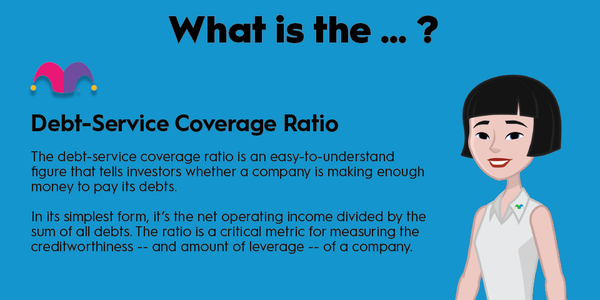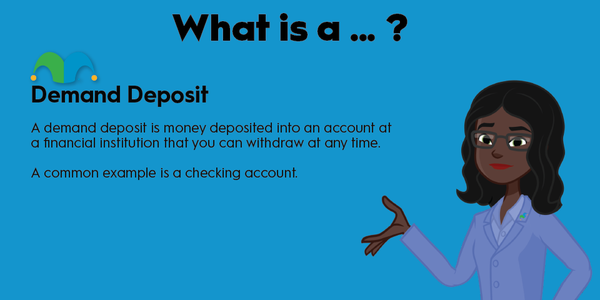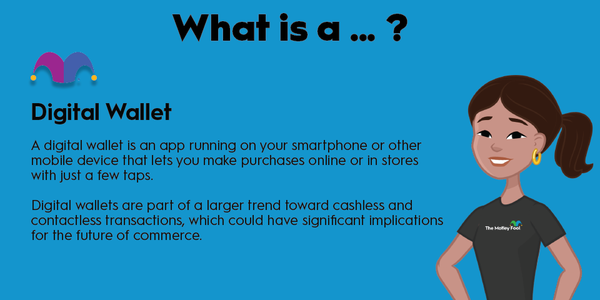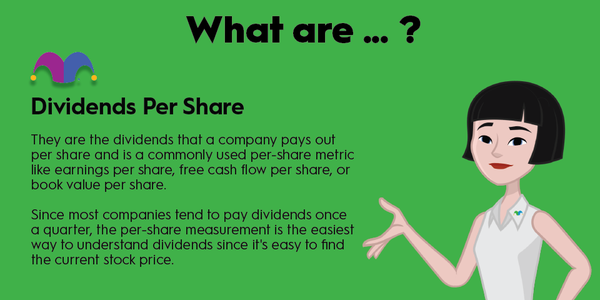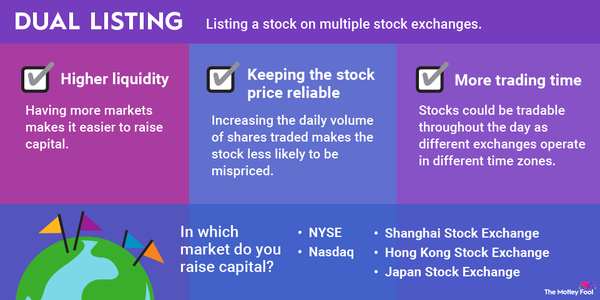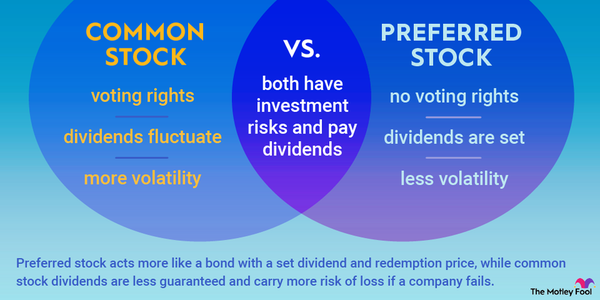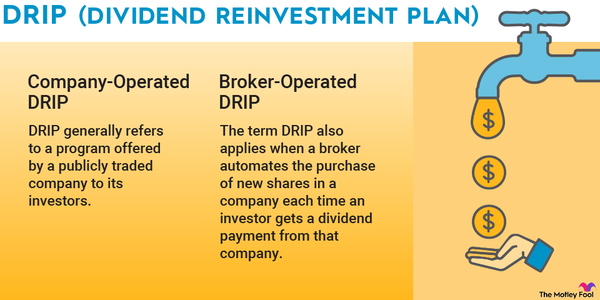Most companies pay for goods and services using credit and then receive an invoice from their vendors and suppliers. Days payable outstanding, or DPO, is the average number of days a company takes to pay its invoices. A high DPO can be a sign that a company is effectively managing its cash flow. However, an unusually high DPO could be a signal that a company is in trouble.

Calculation
How to calculate DPO
DPO, or days payable outstanding, is a financial metric that shows the average number of days a company takes to pay its accounts payable. A company with a DPO of 30 takes an average of 30 days to pay its invoices. DPO can be calculated using one of the following two formulas:
Days payable outstanding (DPO) = (Accounts payable balance x Days in accounting period) / Costs of goods sold
or
Days payable outstanding (DPO) = Accounts payable balance / (Cost of goods sold / Days in accounting period)
Here’s what each of these terms means:
- Accounts payable balance: The value of all goods and services that have been delivered to the company by suppliers and vendors using credit that the company hasn’t yet paid for.
- Days in accounting period: A typical accounting period is a fiscal quarter or fiscal year.
- Cost of goods sold: The sum of direct expenses for producing the goods and services a company sells.
Suppose a company has average accounts payable of $60,000 during its fiscal year. The cost of goods sold during this period is $800,000. Because there are 365 days in the accounting period, the company has a DPO of 27.375.
What does it show?
What does days payable outstanding show?
A company with a high DPO takes longer to pay its vendors and suppliers than a company with a low DPO. There’s no clear-cut standard for what constitutes a “good” DPO. The average will vary based on a number of factors, including the industry and the company’s size and bargaining power.
In general, though, a high DPO is considered a positive. If a company has a higher DPO than its competitors, it’s often a sign that the company is effectively using its cash on hand for short-term investment opportunities. For example, if a company’s contracts with vendors state that invoices must be paid within 45 days and a company has a DPO of 10, the company could have earned 35 days’ worth of interest if it had held onto its cash. A high DPO can also indicate that a company has more favorable credit terms than its competitors.
However, if a company’s DPO is unusually high compared to similar businesses, it could be a sign that the company is having trouble paying its bills. If a company takes too long to pay its accounts receivable, suppliers may respond by restricting its credit terms.
A low DPO can be a sign that a company isn’t efficiently using its cash or that its vendors have tightened credit. But a low DPO isn’t necessarily bad. Sometimes a company will pay invoices to improve relationships with suppliers or because suppliers offer a discount for early payment.
Days sales outstanding (DSO) is a related metric that shows the average number of days it takes a company to collect payments for invoiced goods and services. To maximize cash, a company should aim for a high DPO and a low DSO, which indicates that a company pays slowly but gets paid quickly.
Example
Example of days payable outstanding
A company is measuring its days payable outstanding for the fiscal year. It has ending accounts payable of $50,000. Its cost of goods sold for the fiscal year is $500,000. Plugging in these numbers with the formulas previously discussed, you’d get:
($50,000 x 365) / $500,000 = 36.5
$50,000 / ($500,000 / 365) = 36.5
The company’s DPO is 36.5, meaning it takes an average of 36.5 days to pay its vendor invoices. If a similarly sized competitor has a DPO of 40, it could be a sign that it’s using its cash more efficiently or that its vendors consider it more creditworthy, but a number of factors could be at play. Just keep in mind that context is key, and no single metric should be used to gauge the financial health of a company.



